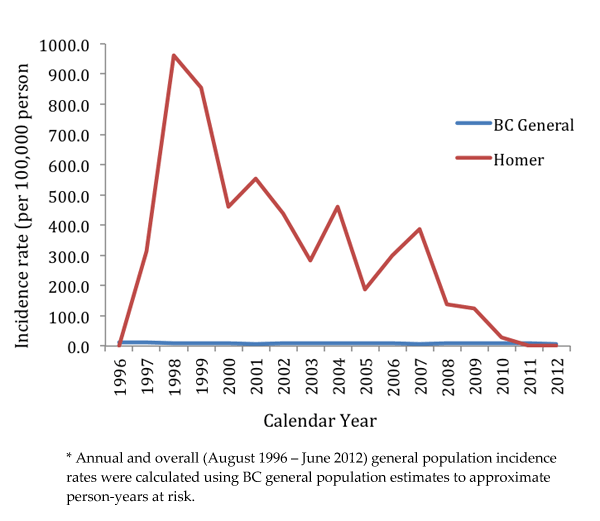New Year’s Resolutions and the Neural Circuitry of Habitual Behavior
/As we leave 2013 behind and enter into a New Year, many of us make New Year’s resolutions. Most everyone has bad habits that they would like to break or new habits that they would like to start. Perhaps the resolutions center around diet, exercise, or work habits. Whatever your New Year’s resolution may be, sticking to it is hard work! During performance of a habit, the brain seems to be running on autopilot, executing an entire program of actions as if they were one action. Fortunately for those of us engaged in the fight against undesireable habits, a few intriguing studies from the Graybiel lab at M.I.T shed light on how to break out of such automatic brain states. In this post, I’ll be summarizing one of the studies (Smith et al. 2012), and discussing how I think about it in the context of my own and general human habitual behavior, and what implications this study has for enacting long-term behavior change.
Read More








